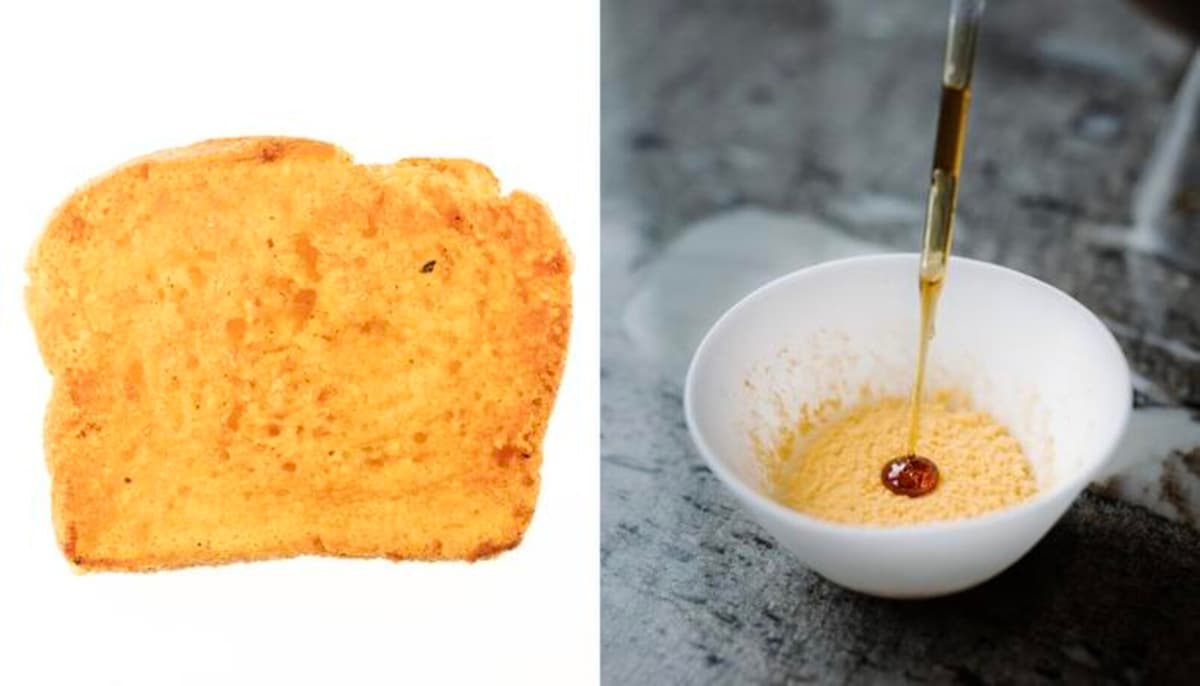Food waste is a comprehensive global problem. Not only are millions of tons of food thrown away while many people go hungry – when the residues rot in landfills, they also contribute to global warming.
One way to tackle the problem is to transform the residues into new food, believes Vayu Hill-Maini from the University of California in the USA. His research group collaborates with the two-Michelin-starred restaurants Alchemist in Copenhagen and Blue Hill at Stone Barns in New York.
"Not just eggshells"
They are focusing on the fungus Neurospora intermedia. It thrives when growing on food waste such as coffee grounds and banana peels, the research group writes in a study published in the journal Nature Microbiology.
About a third of all food produced in the USA alone goes to waste, and it's not just eggshells in the trash. It happens on an industrial scale, says Hill-Maini in a comment.
What happens to all the oats that didn't become oat milk or the soybeans that didn't become soy milk?
Neurospora intermedia has long been used to make the traditional fermented Indonesian dish oncom, among other things from soybean waste in the production of tofu. Hill-Maini, who was previously a chef, was inspired and saw it as an example of how residues can be utilized, fermented, and transformed into edible food again.
Microorganisms like yeast or mold already give us flavorful cheeses and beer. But oncom is unique in that it is produced from food waste, the researchers emphasize, who hope to be able to introduce Neurospora intermedia to a broader and larger audience.
Edible again
The study shows that the fungus seems to thrive on at least 30 types of waste from plant-based products, including tomato residues and banana peels, without producing toxins during the process. It takes around 36 hours for the fungus to convert difficult-to-digest plant waste into something edible and nutritious, which, according to the researchers, actually tastes good.
At Blue Hill at Stone Barns in New York, chef Andrew Luzmore describes the fungus as an addition that can contribute with new colors, textures, and flavors. He has experimented with various Neurospora-based products – including giving new life to old rice bread.
It's incredibly good. It looks and tastes like you've grated cheddar on bread and toasted it, it shows what can be done with this, says Luzmore.






